|
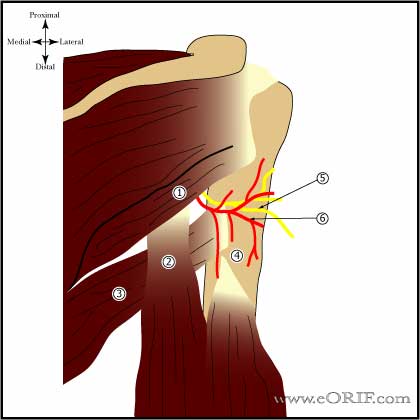
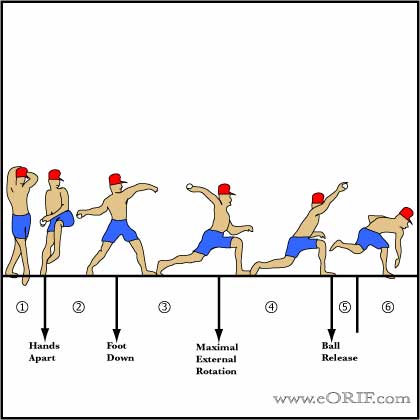
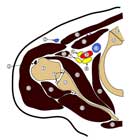
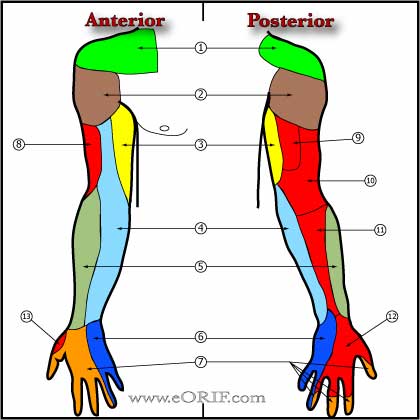
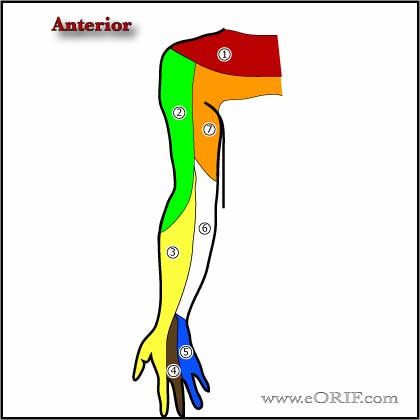

|
synonyms: quadrilateral space syndrome
Quadrilateral Space Syndrome ICD-10
A- initial encounter
D- subsequent encounter
S- sequela
Quadrilateral Space Syndrome ICD-9
- 955.0 Injury to peripheral nerve of shoulder girdle: Axillary nerve
Quadrilateral Space Syndrome Etiology / Epidemiology / Natural History
- Compression of the Axillary nerve and posterior humeral circumflex artery as they run through the quadrilateral space.
- Often associated with a history of trauma to the posterior shoulder.
Quadrilateral Space Syndrome Anatomy
- Borders of Quadrilateral space: teres minor superiorly, humeral shaft laterally, teres major inferiorly, long head of triceps medially.
- Contents of Quadrilateral space: Axillary nerve, posterior humeral circumflex artery.
- Compression is generally from fibrotic bands in the quadrilateral space.
- See also Shoulder Anatomy.
Quadrilateral Space Syndrome Clinical Evaluation
- Complain of vague posterior shoulder pain just under the region of the teres minor. Pain is exacerbated in the late cocking phase in throwing athletes.
- Symptoms exacerbated by forward flexion and/or abduction and external rotation.
- Discrete joint tenderness posteriorly in the quadrilateral space.
- May have paresthesia ove rhte lateral shoulder and upper posterior arm.
- May have deltoid weakness associated with decreased shoulder abduction.
Quadrilateral Space Syndrome Xray / Diagnositc Tests
- AP, scapular lateral and axillary views generally normal.
- Subclavian arteriogram done by the Seldinger technique demonstrates occlusion of the posterior humeral circumfelx artery with the arm in abduction and external rotation.
- MRI: may demonstrate teres minor atrophy / paralabral cysts.
Quadrilateral Space Syndrome Classification / Treatment
Quadrilateral Space Syndrome Associated Injuries / Differential Diagnosis
- SLAP Lesion:
- Posterior Capsular Contracture:
- RTC Tear: usually partial-thickness articular sided supraspinatus tears.
- Anterior Shoulder Instability:
- Acromioclavicular Arthritis:
- Distal Clavicle Osteolysis:
- Suprascapular Neuropathy
- Thoracic Outlet Syndrome
- Quadrilateral Space Syndrome
- Aneursyms: subclavian, axillary, posterior humeral circumflex arteries
Quadrilateral Space Syndrome Complications
Quadrilateral Space Syndrome Follow-up Care
Quadrilateral Space Syndrome Review References
- Cahill B, J Hand Surg 1983;8:65
- Lester K, Am J Orthop 1999;28:718
|






